浮田 要三/Ukita Yozo
浮田要三(1924~2013)は児童雑誌『きりん』を約14年間にわたって支えた編集者として、また「具体美術協会(以下、具体)」のメンバーとしてもよく知られている美術家です。
大阪市生まれの浮田は、兵役から戻った1947年に、梅田の小さな出版社・尾崎書房に就職します。この頃の尾崎書房では、子どもが詩や作文を投稿できる雑誌の企画が持ち上がっていました。それは当時、毎日新聞大阪本社で学芸部副部長を務めていた作家の井上靖(1907~1991)による、戦後も失われていない子どもたちの純粋な心で書かれた詩を集めて「世界で一番美しい雑誌をつくろう」という発案がきっかけでした。その後、神戸のモダニズム詩人である竹中郁(1904~1982)らによる後押しで、1948年に創刊となったのが先述の『きりん』です。
子どもの創造力を育み、大人の思考や価値観を問い直すという雑誌の哲学を象徴していたのが表紙絵ですが、浮田は創刊から1年余りでその選定を担うようになりました。初めは、「具体」の創設者である吉原治良(1905~1972)や洋画家の須田剋太(1906~1990)といった名だたる前衛画家たちが表紙を飾りましたが、浮田は特に、第三号と第四号(1948年5月、6月)に吉原が寄せた【縄とびをする少女】を気に入り絶賛しています。1950年代に入ると、吉原の助言もあり、雑誌の売りこみで学校を回っているときに見つけた、瑞々しい感性や独創性を内包する子どもたちの絵を採用するようになります。この年に尾崎書房が経営難で廃業したため、浮田は実家の敷地内に建てた小屋を拠点に日本童詩研究会を発足し、社長の弟の星芳郎(1922~2004)とともに『きりん』の発行を続けました。『きりん』に掲載された子どもたちの作品を最も力強く支えていたのは「具体」のメンバーであったと後に浮田が語っているように、本誌は「具体」と児童画の接近を促した媒体でもありました。
『きりん』を通じて「具体」との交流を深めていた浮田は、吉原から絵の選択眼を認められ、1955年から「具体」に加入し、自身も創作活動を始めるに至ります。無我夢中でつくった作品は吉原から高い評価を得ますが、皮肉なことに、それを受けてより良い作品を目指した結果、長いスランプに陥ることとなりました。そんな浮田が自分の資質に忠実に創作をしようと決意を新たにし、活動を再開するのは約20年後、「具体」の主要メンバーだった嶋本昭三(1928~2013)の誘いで参加した「具体・AU(ART UNIDENTIFIED)6人展」(1984年)がきっかけでした。
浮田が主に手がけたのは、厚く盛り上がった絵の具のマチエールが印象的な平面作品です。彩色された一切れの画布を白いキャンバスに貼り付けた一連の作品には、説明的要素や高度なテクニックが排される代わりに、自分の心のままに遊びながら描く子どものような精神性が内包されています。その一方で、沈思黙考のプロセスを経た静かな佇まいが、「具体」の代名詞であるアクション的要素と一線を画しているのも特徴的です。
晩年は、自身のアトリエで作品を発表しながら、養護施設などを定期的に訪問して絵画の指導を精力的に行いました。『きりん』の編集者として歩み始めた浮田にとって、子どもたちと彼らが生み出すものは創作者の手本として、輝き続けていたのです。
Ukita Yōzō (1924-2013) was a prominent artist, recognized both for his nearly 14 years as an editor supporting the children’s magazine Kirin and for his membership in the Gutai Art Association (or simply Gutai).
Born in Osaka City, Ukita joined the small publishing house Ozaki Shobō in Umeda in 1947 after returning from his military service. At the time, Ozaki Shobō was planning a new magazine dedicated to publishing children’s poems and essays. The initiative originated with the writer Inoue Yasushi (1907-1991), then Deputy Head of the Arts Department at the Mainichi Shimbun’s Osaka headquarters. Yasushi envisioned creating ‘the most beautiful magazine in the world’ by collecting verses written with the “pure hearts of children”, a sense of innocence he believed persisted even in the postwar era. Backed by figures like the Kobe modernist poet Takeuchi Iku (1904-1982), Kirin was successfully launched in 1948.
The magazine’s cover art was intended to symbolize its core philosophy: nurturing children’s creativity and challenging adult assumptions and values. Ukita took over the responsibility for selecting this art just over a year after the magazine began. Initially, covers showcased works by prominent avant-garde artists, including Jirō Yoshihara (1905-1972), the founder of the Gutai movement, and the Western-style painter Kōta Suda (1906-1990). Ukita was particularly fond of Yoshihara’s Girl Skipping Rope, which was featured on the third and fourth issues (May and June 1948). Moving into the 1950s, and partly encouraged by Yoshihara, Ukita shifted his focus, beginning to feature children’s drawings—works brimming with fresh sensibilities and originality—that he discovered while promoting Kirin at schools.
When Ozaki Shobō folded that same year due to financial difficulties, Ukita established the Japanese Children’s Poetry Research Society. Operating out of a small shed on his family’s property, he continued publishing Kirin alongside his brother, Hoshio Yoshiro (1922-2004), who served as president. Ukita later noted that Gutai members were the magazine’s most fervent supporters, making Kirin a vital bridge that facilitated the convergence of the Gutai movement and children’s art.
His role at Kirin allowed Ukita to deepen his relationship with Gutai. Impressed by Ukita’s discerning eye for selecting paintings, Yoshihara invited him to join the group, which he did in 1955, initiating his own career as an artist. The works he produced with singular devotion initially garnered high praise from Yoshihara. Ironically, however, the pressure of trying to surpass this acclaim led him into a prolonged creative slump. It took nearly twenty years for Ukita to resolve to return to creating art that was true to his own nature. His eventual resumption of activity was catalyzed by an invitation from Shōzō Shimamoto (1928-2013), a core Gutai member, to participate in the Gutaï·AU (ART UNIDENTIFIED) Six-Person Exhibition in 1984.
Ukita primarily focused on two-dimensional works, distinctive for their heavily applied, raised paint textures. His notable series, which incorporated colored fragments of canvas affixed to white surfaces, deliberately eschewed sophisticated technique and explanatory elements. Instead, they embodied a childlike spirit of playful, instinctive creation. This approach—creating a quiet, deeply contemplative presence—set his work apart from the dramatic, action-oriented elements often associated with the Gutai movement. In his later years, while still exhibiting work from his studio, he enthusiastically taught painting at care homes and similar institutions. For Ukita, whose career began as an editor of Kirin, the pure spirit of children and their creations remained the ultimate model for all artists.
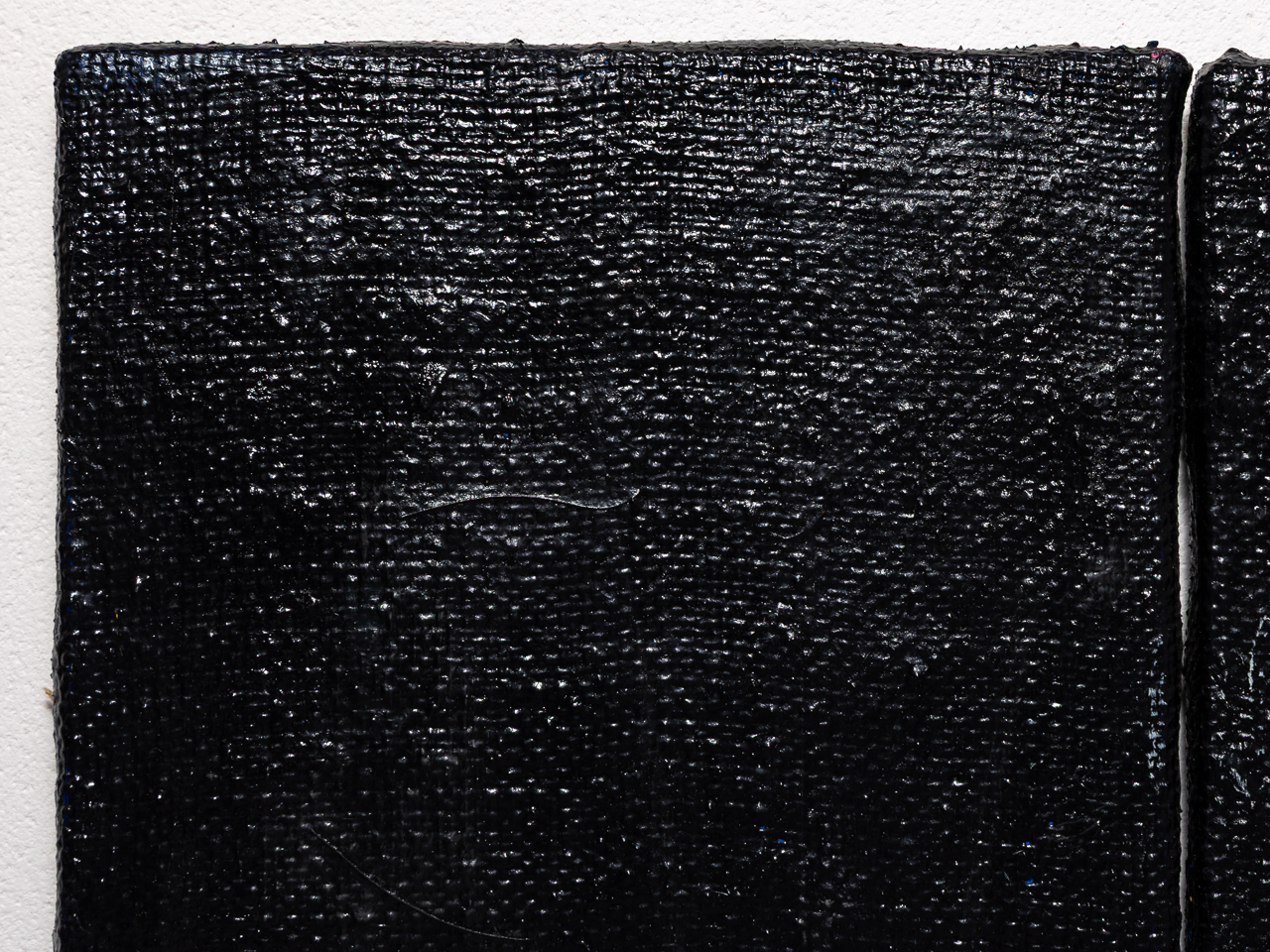

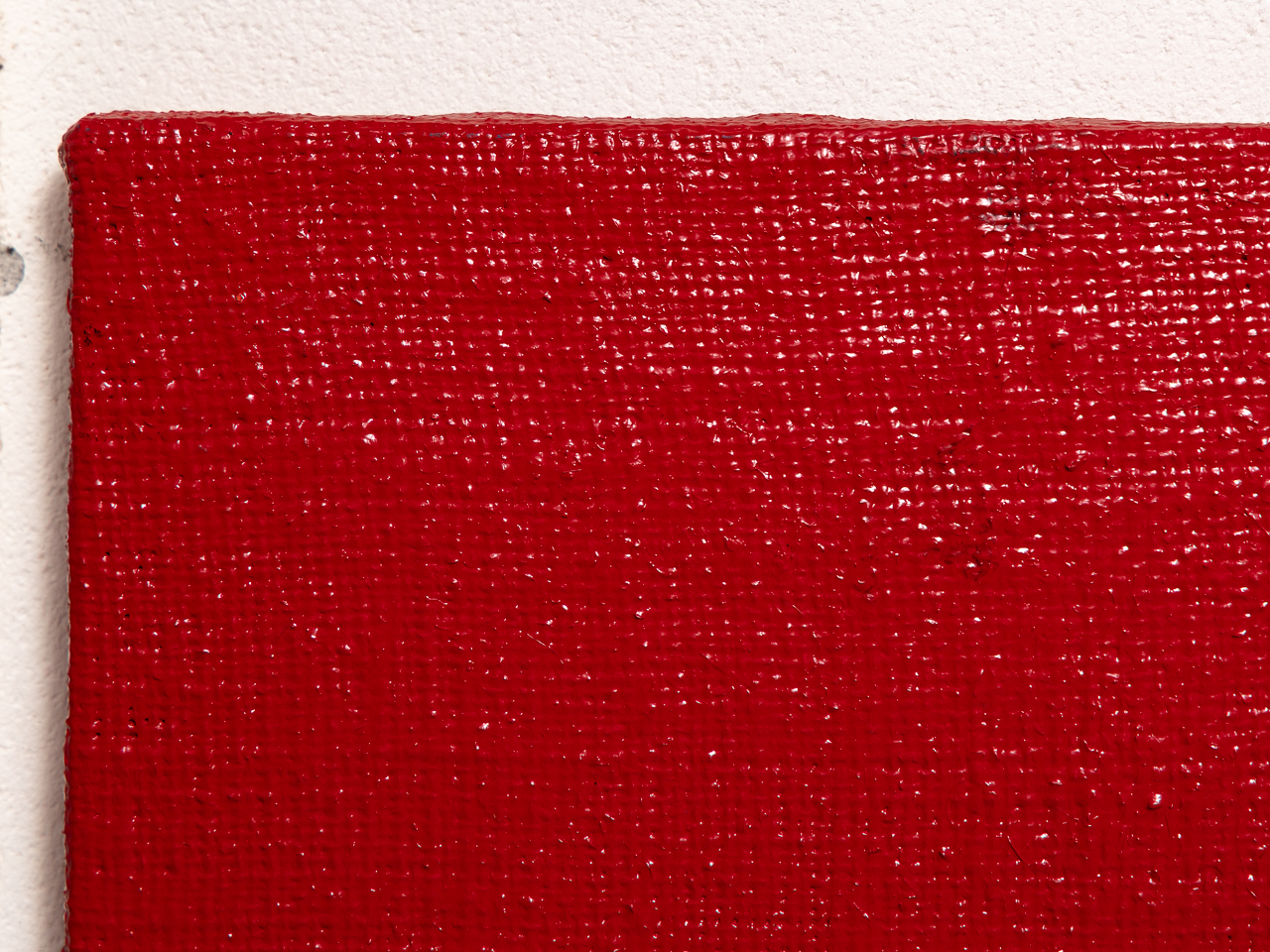
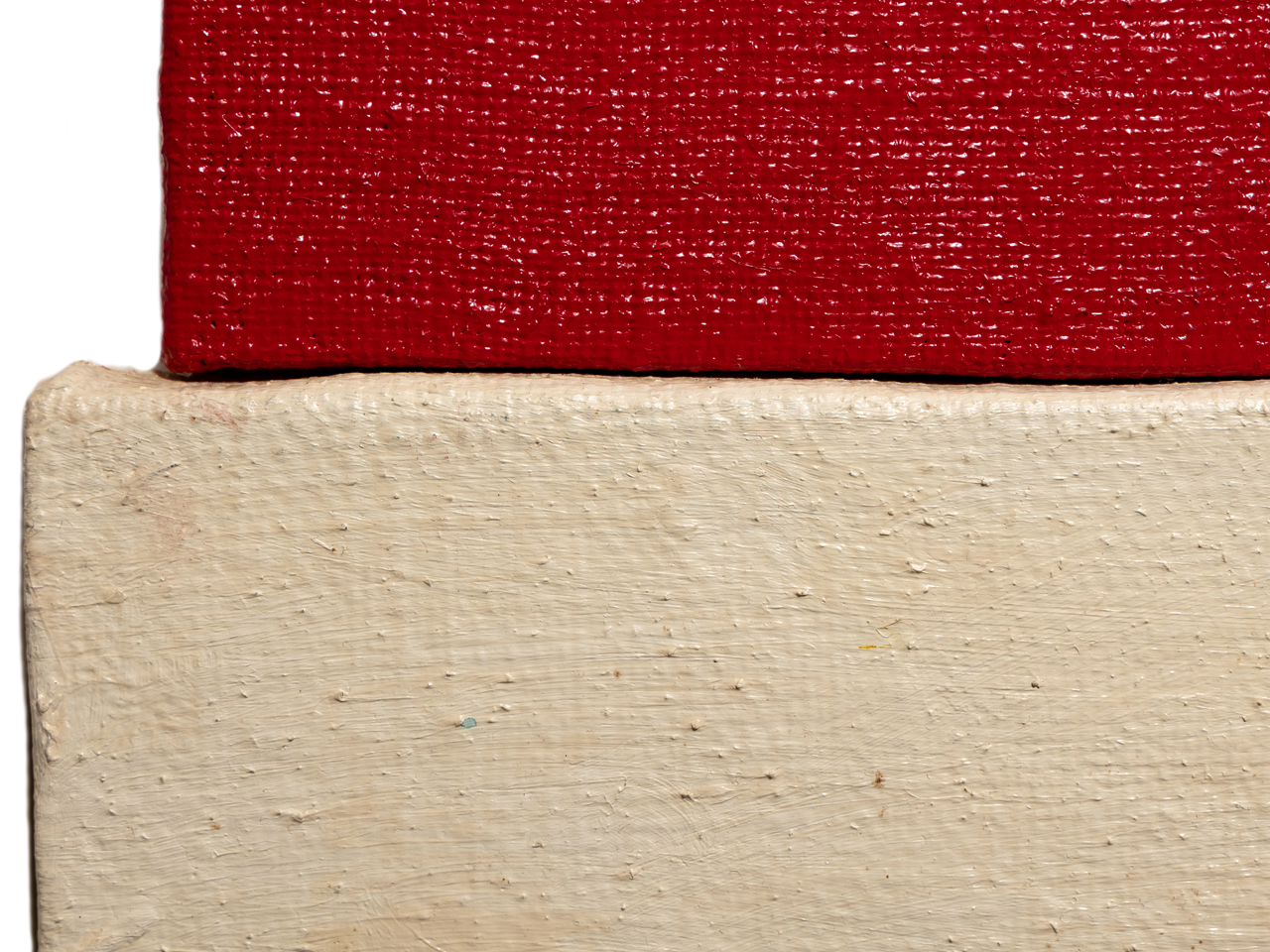

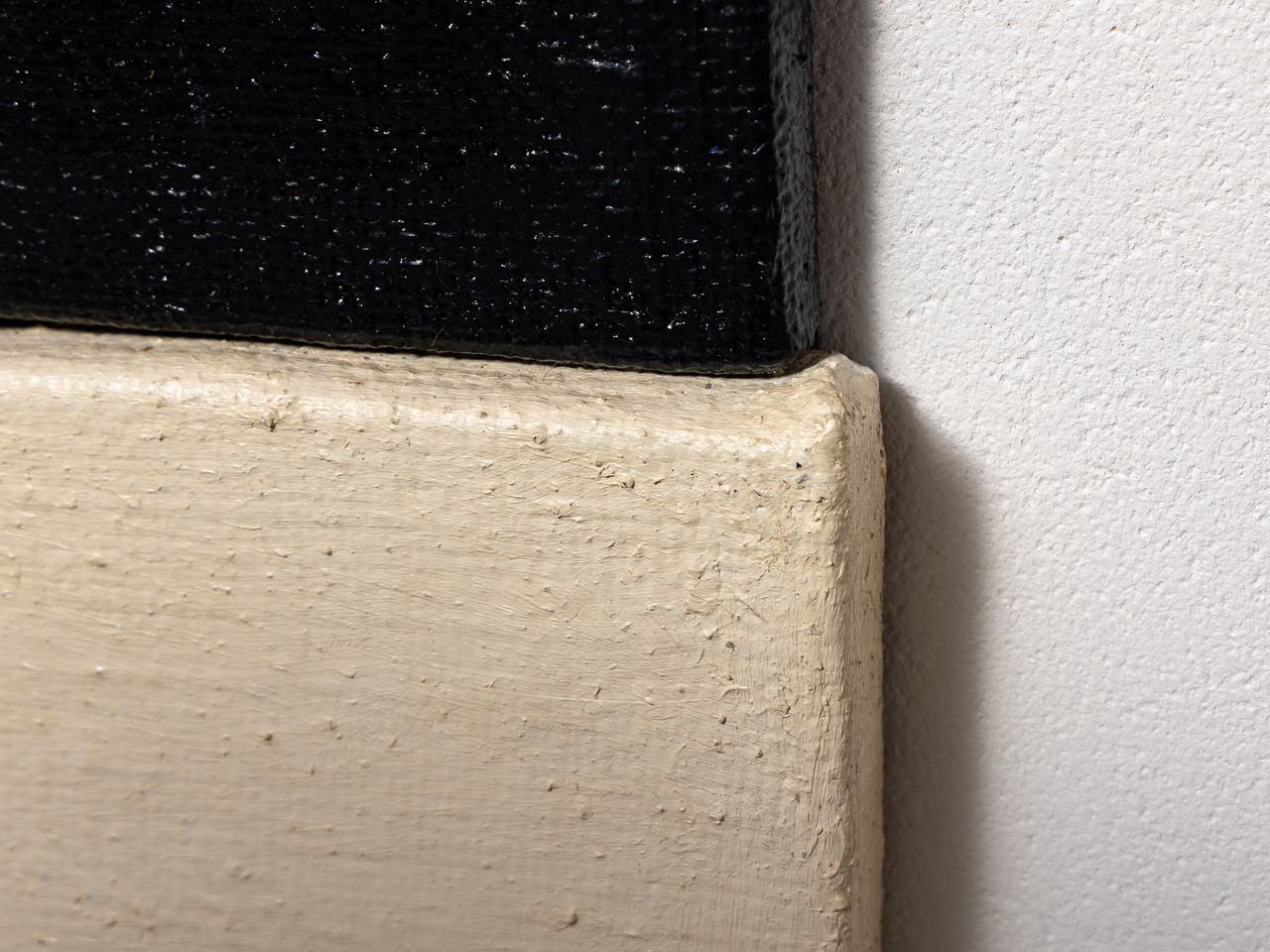
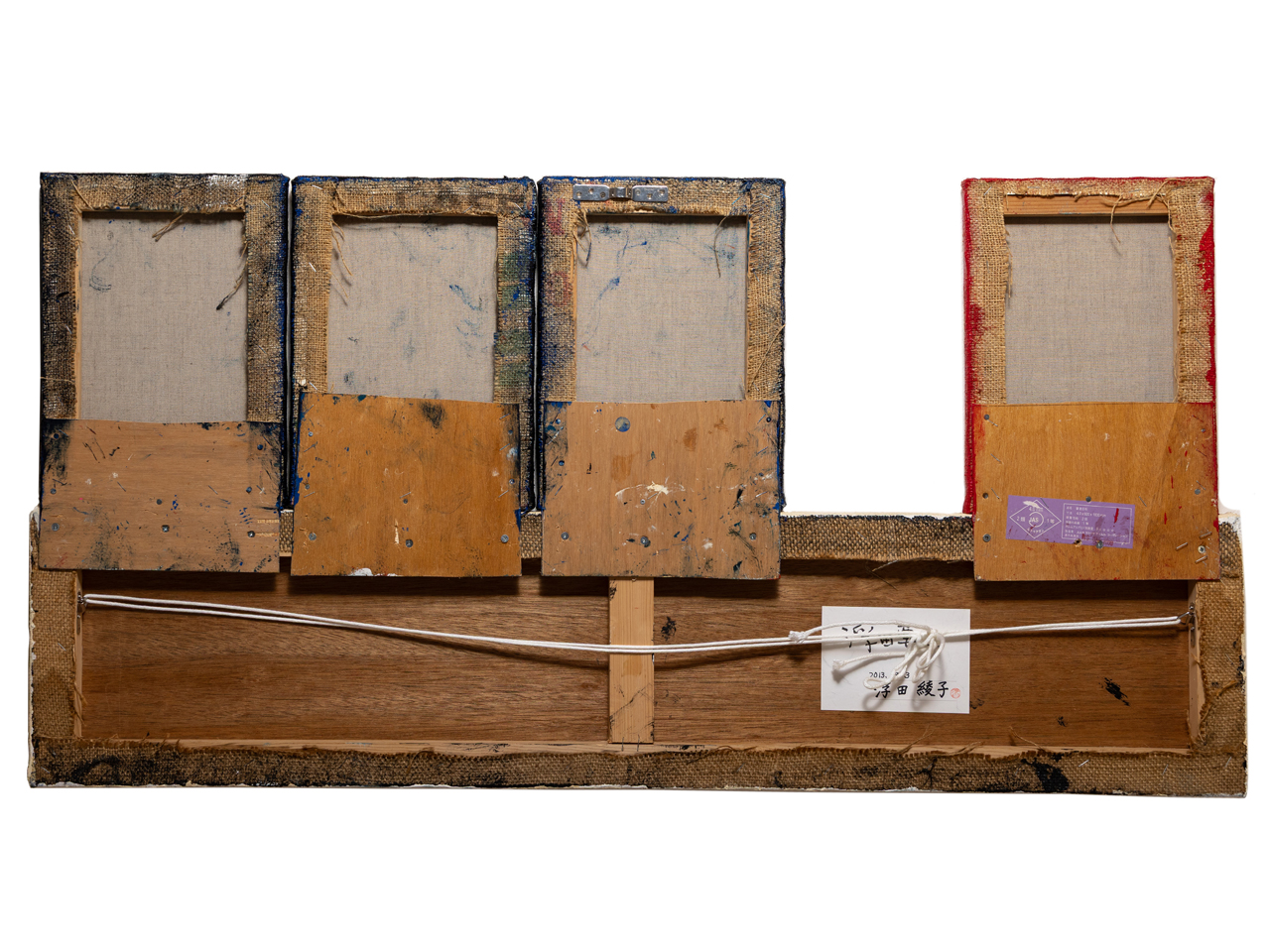

作品名:作品
サイズ:61.5×121cm(ミックストメディア)
価格:600,000円
価格は税抜き表示です

